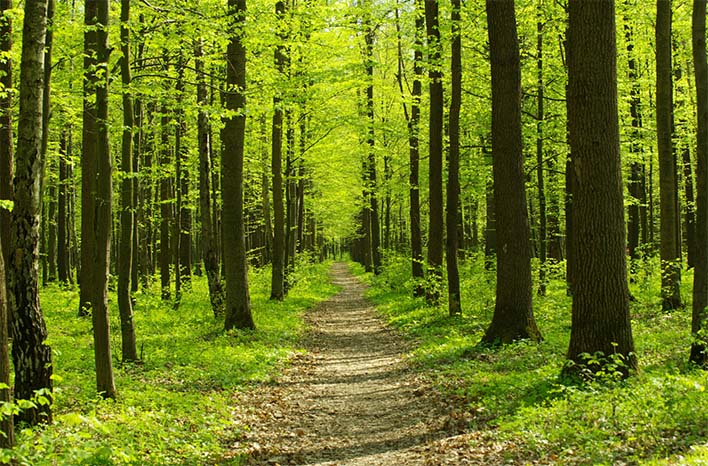The Hidden Life of Trees in Northeast Arkansas: What They Endure and How We Can Help

If you’ve ever paused under the shade of a towering oak or watched the golden leaves flutter from a maple in the fall, you know trees are more than just background scenery. In Northeast Arkansas, our trees tell stories—about the soil, the seasons, and even the storms.
But how well do we really understand what trees go through in places like Jonesboro, Paragould, or Walnut Ridge?
Let’s dig into the unseen lives of our local trees—and what we can do to support their survival.
Storms, Soil, and Stress: What Trees Deal With in Arkansas
In this region, trees don’t have it easy. From spring tornadoes to muggy summers, the weather alone is enough to challenge even the hardiest native species.
- Storm Damage: Heavy winds and lightning strikes can splinter trunks or weaken root systems, leaving trees vulnerable to disease or collapse.
- Clay-Rich Soil: Much of Northeast Arkansas has compact, poorly-draining clay soil. While it’s great for rice farming, it can drown tree roots in wet seasons and bake them in the dry.
- Urban Pressure: Trees in residential areas deal with construction damage, limited root space, compacted soil, and pollution—all of which shorten their lifespan.
Despite their resilience, trees often reach a breaking point. When that happens, it’s not just a matter of landscaping—it’s about safety.
How to Read the Signs of a Tree in Trouble
Before a tree falls, it usually sends signals—subtle ones most people overlook.
Here are some signs to watch for:
- Cracks in the trunk or between major branches
- Mushroom or fungal growth at the base (a sign of rot)
- Dead limbs in the upper canopy
- Leaning or exposed roots
- Unusual leaf color or early leaf drop
Catching these early can prevent property damage, personal injury, or the loss of a decades-old tree that might have been saved with the right care.
Trees and the Ecosystem: Why Preservation Matters
Even when trees need to be removed, it’s worth remembering what they provide:
- Shade that reduces energy costs
- Habitat for birds, insects, and small mammals
- Rainwater absorption that limits flooding
- Carbon storage that helps combat climate change
Preserving trees when possible is a benefit not just to individual property owners, but to the broader environment and community.
When Tree Removal Becomes Necessary
Sometimes, however, removal is unavoidable. A tree too close to power lines, leaning over a home, or hollowed out by decay can pose real dangers.
The key is recognizing when professional help is needed. Reputable providers understand both the art and science of tree care and approach removal as a last resort, not the first option.
If you’re curious about how tree services evaluate these risks or want to know more about tree health in Northeast Arkansas, you can visit: https://treeremovaljonesboro.com/.
The Takeaway
Trees are tougher than they look—but they still need help. In Jonesboro and the surrounding areas, being aware of tree health isn’t just good for your yard—it’s good for your neighborhood and your safety.
If you’d like to explore what a professional assessment looks like or discover more about tree care in your region, Visit Website Here for resources and expert insight.